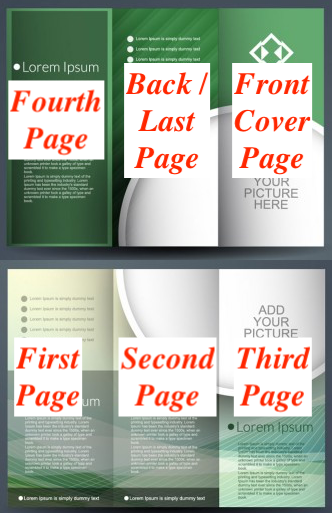3.1 Read About Social Responsibility
3.1H Pamphlets and Brochures - Great Pacific Garbage Patch
This lesson features text (pamphlet) that helps us to answer: How can we care for the environment?
Pamphlets and brochures are great ways to share information. Today, you will explore a brochure on the problem of the Great Pacific Garbage Patch. In only two pages, with three columns per page, you will learn about what it is, how it got there, what is in it, and how we can help to reduce the problem.
Pamphlets and brochures can have many non-fiction text features, with a nice balance of text and graphics:
|
|
|
Part of social responsibility is caring for the environment. In order to do this, we need to understand some of the problems and ways that kids can actually make a difference! By Zooming In on the subheadings in the brochure and using the Turning it Into a Question strategy, you can learn about the Great Pacific Garbage Patch and how you can help. The pamphlet you will download actually uses questions as headings. Evidence in the pamphlet will help you to find clues and evidence to answer the questions in the headings (and on the chart in your learning guide).
You have to imagine that the pamphlet is printed and folded into three so it opens up to the inside. You can actually print it and fold it if you like. If not, here is the order the pages are read:

First, download the pamphlet.
The Great Pacific Garbage Patch
 |
Complete activities in your Learning Guide as you: 1. Look through the pamphlet. Notice which text features are used. Highlight them on the list in your Learning Guide. Predict the big ideas. 2. Notice you don't need to turn the headings into a question as they already are written as questions. 3. As you read the pamphlet, try to find the answers by searching for find clues and textual evidence that support your answers to the questions. Record this in your Learning Guide. |